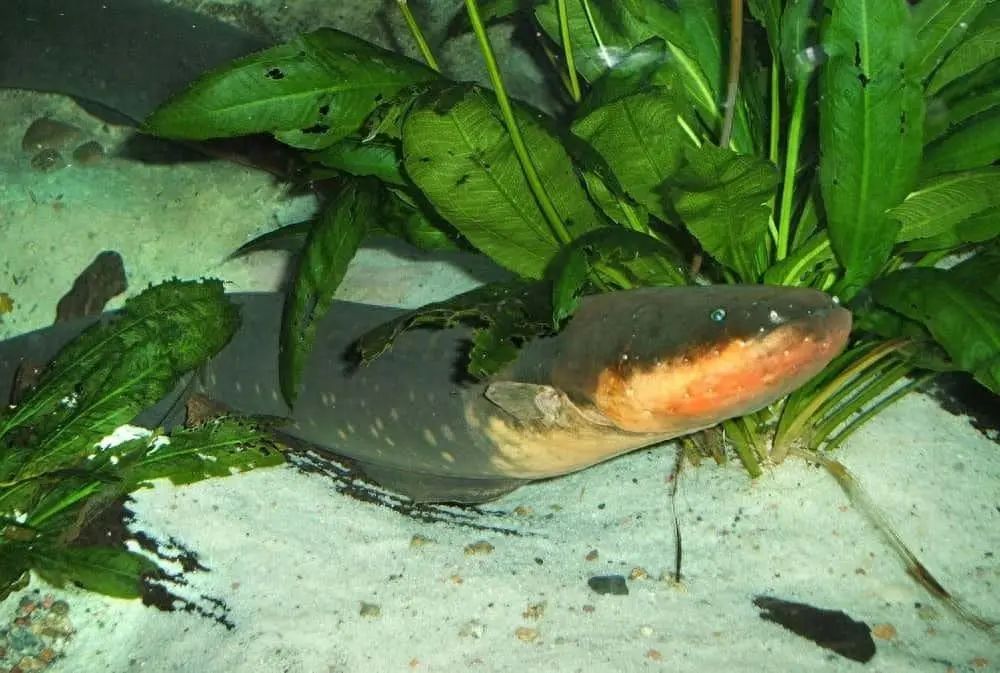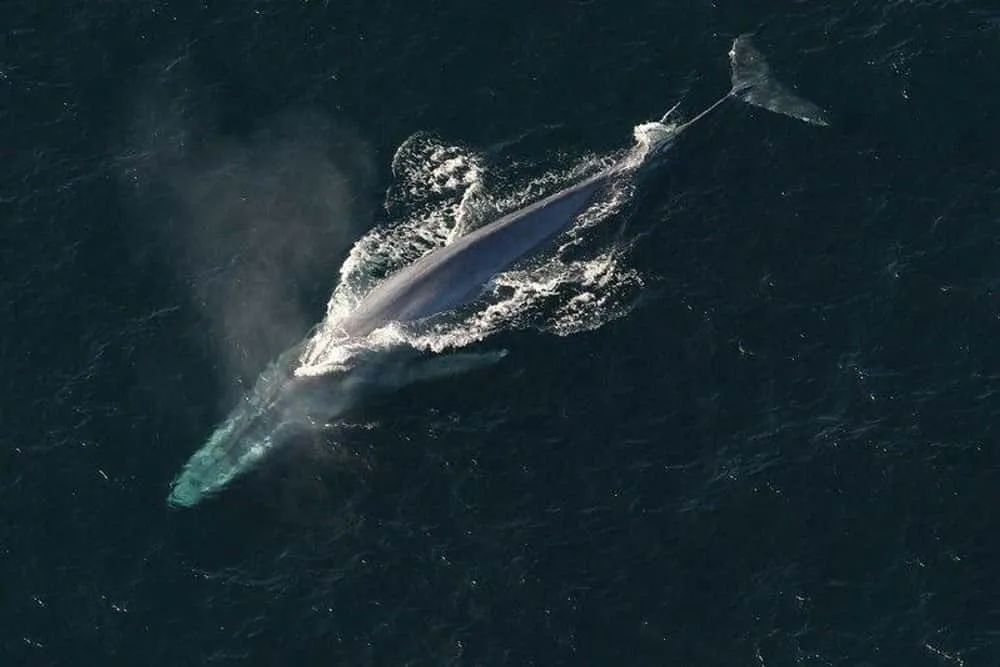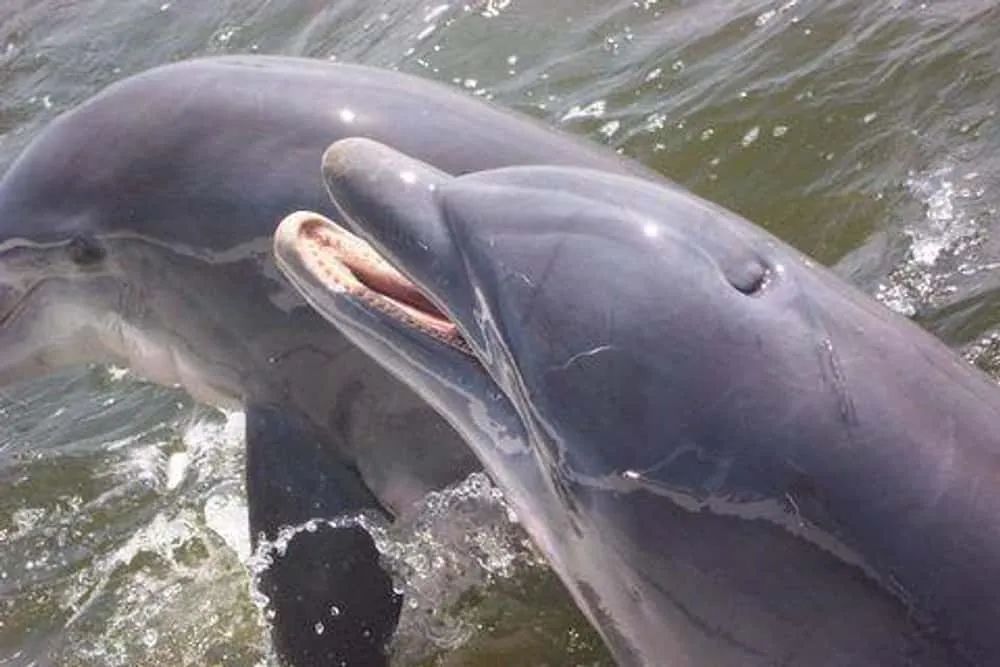The cool and somewhat frightening 31 marine organism pictures made us amazed
In the deep blue ocean, there are countless mysterious and strange creatures hidden, challenging our imagination with their unique ways of survival. Here are 31 carefully selected pictures of marine life that are both awe inspiring and awe inspiring, each revealing the wonders and complexities of the underwater world. Every life interprets the art of survival in its own unique way. Let's dive into this unknown world together and explore those cool yet somewhat terrifying marine creatures.
Picture 1: Electric eels can manipulate their prey from a distance.

The second picture: Male octopuses face cognitive decline in their remaining life after mating.

The third picture shows that starfish have sensory organs similar to eyes at the end of their wrist.

The fourth picture: phytoplankton in the ocean are the main producers of oxygen in the Earth's atmosphere.

The weight of a blue whale's tongue exceeds that of an adult elephant.

Picture 6: Dolphins use specific sound markers to identify each other.

The speed of the mantis shrimp's attack is one of the fastest in nature.

Picture 8: Hippocampus is one of the few species where males are responsible for breeding offspring.

Picture 9: The fanged fish has huge teeth relative to its body size.

Picture 10: The teeth of the Pacific viper are too large for its mouth to fully close.

The body shape of the wrinkled shark is similar to that of an eel, which helps them hunt.

Picture 12: There is a special bait structure above the head of the catfish.

The 13th picture: Wolf fish has a sharp set of teeth.

Picture 14: The giant spider crab is the largest arthropod in the world.

Picture 15: The atoll jellyfish looks like they come from another planet.

Picture 16: The vampire squid can turn itself inside out.

Picture 17: Some deep-sea fish have extremely black skin for concealment.

The 18th picture: The overturned fish is the largest bony fish.

Picture 19: Sea cucumbers have an exceptionally strong self-protection mechanism.

Picture 20: Pompeii worms adapted to extremely hot environments.

Picture 21: Octopuses can perceive their surroundings through their skin.

Picture 22: The tube eyed fish has a transparent head.

The snowman crab is the species with the most hair covering on its surface among crustaceans.

The 24th picture: Although the sea angel is beautiful, it is very fierce.

Page 25: Red lipped batfish attracts prey with its bright lips

The 26th picture: Transparent sea squirts help to remove carbon elements from seawater.

The 27th picture: Dumbo octopus uses fins similar to elephant ears to move.

Image 28: Giant pipe worms inhabit extreme environments.

The 29th picture: The sea pen is actually composed of many tentacle polyps.

Photo 30: Christmas tree bugs were found on Lizard Island in the Great Barrier Reef of Australia. They breathe and forage on the parts that look like tree branches, and these bugs are mostly stationary.

The 31st picture: The appearance of the weed sea dragon resembles seaweed.
